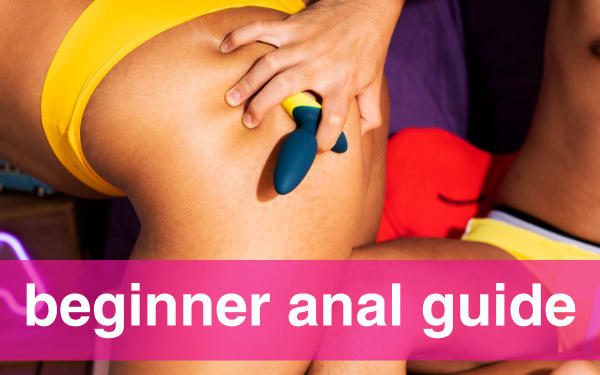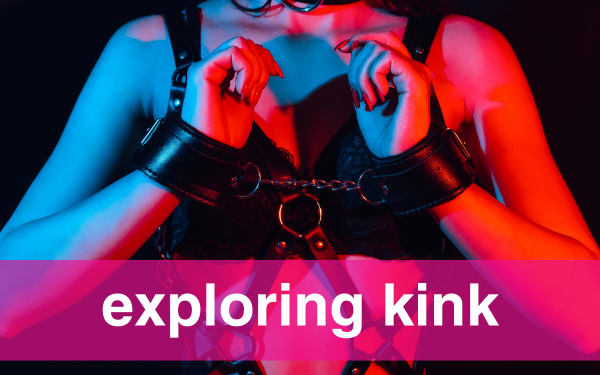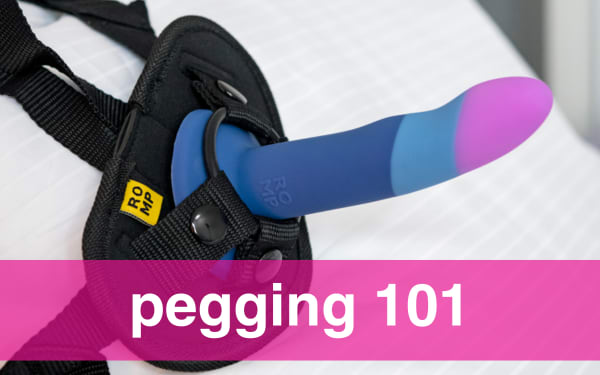Every year at our Seder, my mom puts an orange on the Seder plate with the bitter herbs, the shank bone, the hard boiled egg, etc. The story we all knew was that a male Rabbi had once said, "a woman belongs on the bima like an orange belongs on the Seder plate. Thus, Seders wishing to be inclusive of women, put an orange on the Seder plate in defiance of this comment.This year, we used a different haggadah and we all discovered something. This story was completely wrong. The real story is that a woman named Suzanna Heschel came across a Hagaddah that suggested putting a crust of bread on the Seder plate as a sign of solidarity with Jewish gay men and lesbians. The problem with this idea, in Suzanna's mind, was that the crust of bread (being levened bread) is not appropriate during this time and in fact brings an end to Pesach (Passover).To keep the idea alive, Suzanna started putting an orange on her Seder plate and asking everyone to take a piece and say a blessing while eating it in solidarity with Jewish gay men and lesbians and other marginalized groups. She feels that this is a symbol of the fruitfulness that is possible with gay men and lesbians are part of the Jewish life and tradition.So how is it that my entire family (and many that we know) had heard a completely different story? Suzanna explains that she told people in her lectures about her ideas about the orange and somewhere, the story changed to the version I first knew. Suzanna points out that in the incorrect story, a woman's idea is attributed to a man and the affirmation of gay men and lesbians is completely erased.This holiday season, my thoughts are with members of all religions who cannot participate fully because they are gay, lesbian, widowed, poor, or any other reason. I hope that we can find ways in our traditions to call attention to these groups and work towards their acceptance.
The real story is that a woman named Suzanna Heschel came across a Hagaddah that suggested putting a crust of bread on the Seder plate as a sign of solidarity with Jewish gay men and lesbians. The problem with this idea, in Suzanna's mind, was that the crust of bread (being levened bread) is not appropriate during this time and in fact brings an end to Pesach (Passover).To keep the idea alive, Suzanna started putting an orange on her Seder plate and asking everyone to take a piece and say a blessing while eating it in solidarity with Jewish gay men and lesbians and other marginalized groups. She feels that this is a symbol of the fruitfulness that is possible with gay men and lesbians are part of the Jewish life and tradition.So how is it that my entire family (and many that we know) had heard a completely different story? Suzanna explains that she told people in her lectures about her ideas about the orange and somewhere, the story changed to the version I first knew. Suzanna points out that in the incorrect story, a woman's idea is attributed to a man and the affirmation of gay men and lesbians is completely erased.This holiday season, my thoughts are with members of all religions who cannot participate fully because they are gay, lesbian, widowed, poor, or any other reason. I hope that we can find ways in our traditions to call attention to these groups and work towards their acceptance.
 The real story is that a woman named Suzanna Heschel came across a Hagaddah that suggested putting a crust of bread on the Seder plate as a sign of solidarity with Jewish gay men and lesbians. The problem with this idea, in Suzanna's mind, was that the crust of bread (being levened bread) is not appropriate during this time and in fact brings an end to Pesach (Passover).To keep the idea alive, Suzanna started putting an orange on her Seder plate and asking everyone to take a piece and say a blessing while eating it in solidarity with Jewish gay men and lesbians and other marginalized groups. She feels that this is a symbol of the fruitfulness that is possible with gay men and lesbians are part of the Jewish life and tradition.So how is it that my entire family (and many that we know) had heard a completely different story? Suzanna explains that she told people in her lectures about her ideas about the orange and somewhere, the story changed to the version I first knew. Suzanna points out that in the incorrect story, a woman's idea is attributed to a man and the affirmation of gay men and lesbians is completely erased.This holiday season, my thoughts are with members of all religions who cannot participate fully because they are gay, lesbian, widowed, poor, or any other reason. I hope that we can find ways in our traditions to call attention to these groups and work towards their acceptance.
The real story is that a woman named Suzanna Heschel came across a Hagaddah that suggested putting a crust of bread on the Seder plate as a sign of solidarity with Jewish gay men and lesbians. The problem with this idea, in Suzanna's mind, was that the crust of bread (being levened bread) is not appropriate during this time and in fact brings an end to Pesach (Passover).To keep the idea alive, Suzanna started putting an orange on her Seder plate and asking everyone to take a piece and say a blessing while eating it in solidarity with Jewish gay men and lesbians and other marginalized groups. She feels that this is a symbol of the fruitfulness that is possible with gay men and lesbians are part of the Jewish life and tradition.So how is it that my entire family (and many that we know) had heard a completely different story? Suzanna explains that she told people in her lectures about her ideas about the orange and somewhere, the story changed to the version I first knew. Suzanna points out that in the incorrect story, a woman's idea is attributed to a man and the affirmation of gay men and lesbians is completely erased.This holiday season, my thoughts are with members of all religions who cannot participate fully because they are gay, lesbian, widowed, poor, or any other reason. I hope that we can find ways in our traditions to call attention to these groups and work towards their acceptance.








